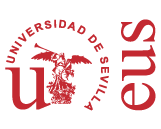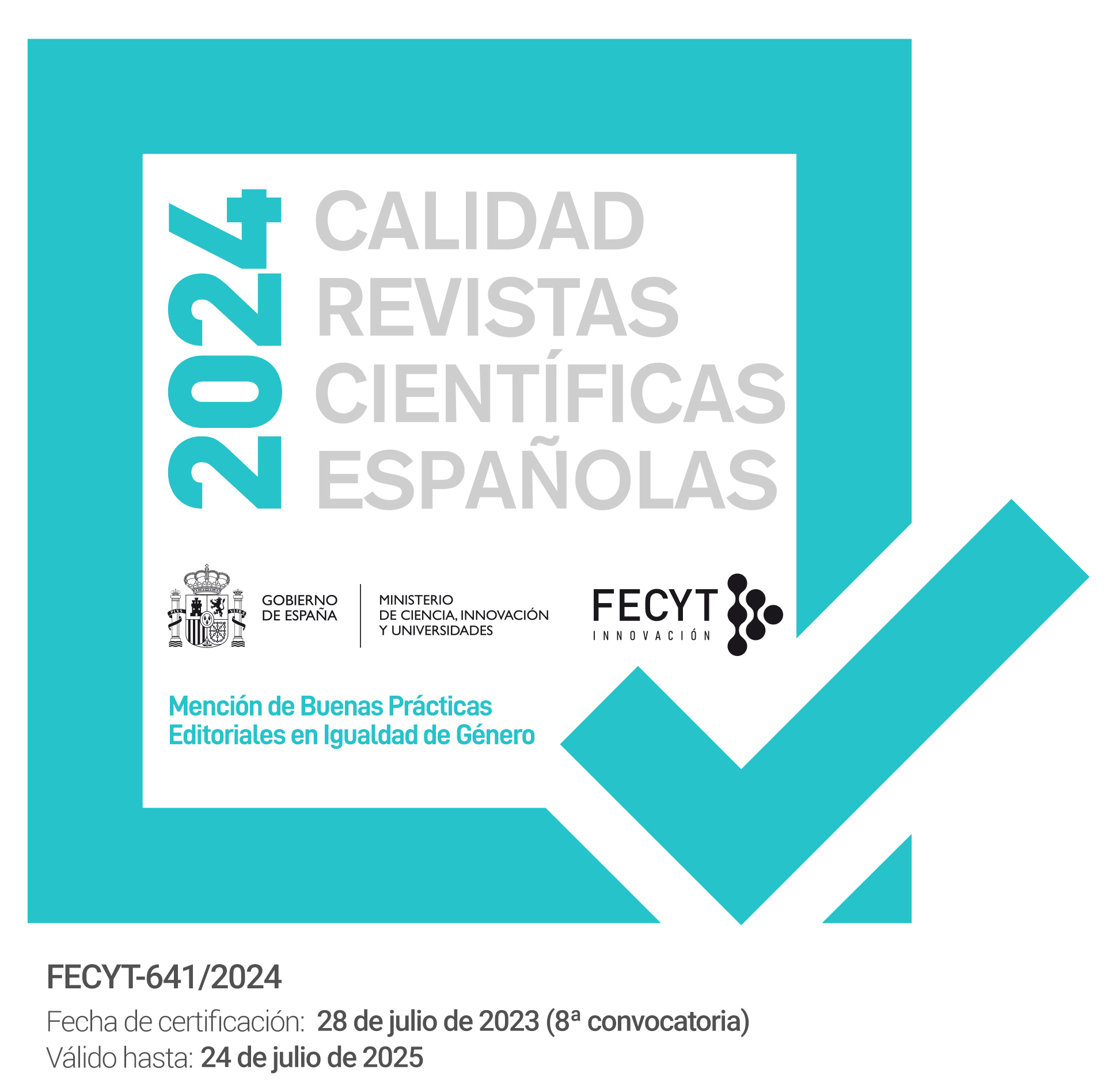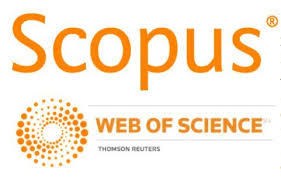Presencia y función de los encapsuladores en las crónicas periodísticas del s. XVII
DOI:
https://doi.org/10.12795/PH.2007.v21.i01.07Abstract
RESUMEN
Este trabajo parte de la hipótesis de que la aparición de la prensa escrita como medio de comunicación con un objetivo predominantemente informativo, especialmente a partir de su progresiva difusión a sectores más amplios de la sociedad, conllevó el desarrollo y afianzamiento de una serie de mecanismos lingüísticos que acabaron por configurar el particular estilo que hoy conocemos como lenguaje periodístico. Aquí prestaremos especial atención a un tipo de construcciones nominales de carácter anafórico que juegan un importante papel en la cohesión de los textos informativos. El análisis de un corpus de textos pre-periodísticos del s. XVII nos ha permitido trazar un interesante recorrido a través de la creciente complejidad e importancia que dicho mecanismo cohesivo adquiere, muy particularmente en la estructura informativa del texto, en la que actúa a la vez como síntesis de la información ya presentada y como punto de arranque para la introducción de nuevos contenidos.
ABSTRACT
The development of specific linguistic structures prompted by the settlement of the journal as a widespread mean of communication with a mainly informative aim is the general thesis underlying this paper as part of a wider research program currently developed by the authors. Attention will be paid to the presence of a type of anaphorical nominal constructions which play an important role as cohesive devices in the construction of informative texts. The analysis of pre-journalistic texts from the 17th century offers an interesting thread to study the increasing importance and complexity acquired by this kind of noun phrases, which, furthermore, accomplish an essential function in the text informational structure, acting at the same time as a synthesis of the information already presented and as a point of depart for the new one.
Downloads
Downloads
Published
How to Cite
Issue
Section
License
The printed and electronic editions of this Journal are edited by the University of Seville Editorial, and the source must be cited in any partial or total reproduction.
Unless otherwise indicated, all the contents of the electronic edition are distributed under a license of use and distribution “Attribution-NonCommercial-NoDerivatives 4.0 International” . You can view the informative version and the legal text of the license here. This fact must be expressly stated in this way when necessary.
Authors who publish in this journal accept the following conditions:
- The author/s retain copyright and grant the journal the first publication right, and accept it to be distributed with the Creative Commons By NC ND 4.0 licence, which allows third parties to use what is published whenever they mention the authorship of the work and the first publication in this journal and whenever they do not make commercial use and reuse it in the same way.
- Authors can make other independent and additional contractual agreements for the non-exclusive distribution of the article published in this journal (e.g., include it in an institutional repository or publish it in a book) provided they clearly indicate that the work was published for the first time in this journal.
Authors are allowed and recommended, once the article has been published in the journal Philologia Hispalensis (online version), to download the corresponding PDF and disseminate it online (ResearchGate, Academia.edu, etc.) as it may lead to productive scientific exchanges and to a greater and faster dissemination of published work (see The Effect of Open Access).
- Abstract 143
- PDF (Español (España)) 56







